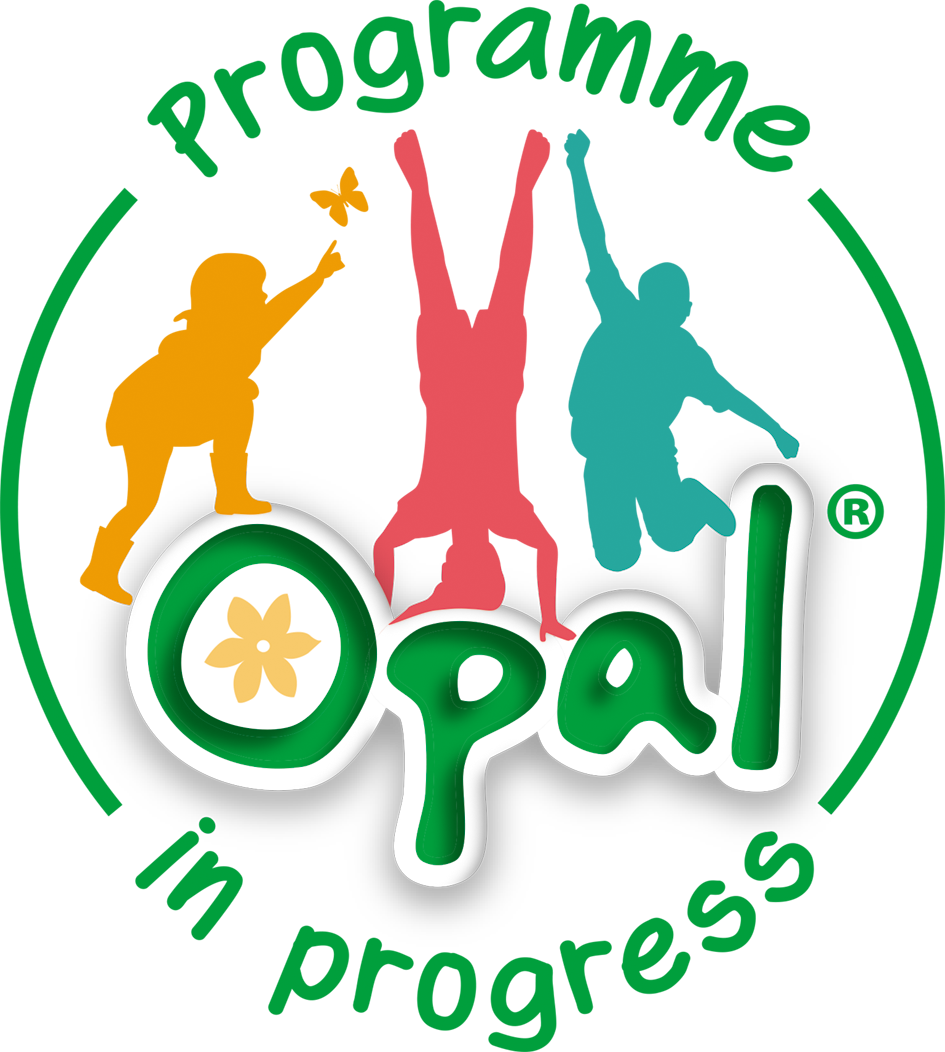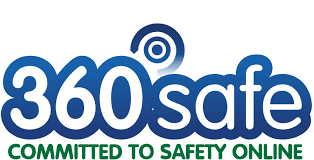Support for Learning
How do we address gaps in learning or overcome barriers for individuals?
Our tiered support for learning goes beyond adaptive teaching, providing extra support to children with a specific need.
Wave 1
This focuses on quality first teaching, whereby teachers are aware of the needs of all the children in their class and plan and address these through appropriate adaptations to their daily lessons.
This might be through the use of different resources and scaffolds, focus groups in class or the use of physical aids such as writing slopes or specialist equipment. This takes place as part of the main lesson.
Wave 2
Specific, additional and time-limited interventions may be provided for some children who need help to accelerate their progress. The goal is to enable all children to work at or above age-related expectations.
Wave 2 interventions are usually targeted at a small group of children with similar needs, and may be in or out of class.
Wave 3
Targeted provision is put in place for a small number of children where it is necessary to provide highly tailored intervention to accelerate progress or enable children to achieve their potential.
This may include 1:1 interventions, or specialist support recommended by SEND professionals.
What do we offer at St Mary's?
Please click on the grey buttons to learn more about each intervention. If your child is taking part in an intervention, you will receive a letter. These usually come home in the second or third week of a new term, following our termly provision planning meetings.
You can follow the hyperlinks in the information below to read more about each intervention, or speak to your child's class teacher.
Support for Communication and Interaction
Speech and Language Link (EYFS)
Wave 1/2
In the first term of Reception (EYFS), we use Speech and Language Link to assess all children in speech and language development. This enables us to catch any gaps or areas of weakness early on, and take action to address them.
If a gap is identified, children will then take part in regular tailored interventions as part of their usual class activities with our specially trained Teaching Assistant, Miss Mortlock. As most interventions are small games or tasks, children may not even realise they are taking part in an intervention.
Once the recommended interventions have been completed, children are re-assessed to monitor impact and see whether any further work is needed.
Parents can access further information and support for children via the Speech and Language Link parent portal.
Speech and Language Intervention
Wave 2/3
Mrs Lowe is our specialist Speech and Language Teaching Assistant (TA) who works with children that need extra support with their speech, Language and communication. This may have been recognised by an outside agency or through an assessment in school.
The programme offered will be tailored to the child's individual needs. Examples include:
-
Sound production of certain sounds, either at the beginning, end or in the middle of the word.
-
Following instructions with an increasing number of steps.
- Work on imaginary play to improve vocabulary.
- Sequencing events and stories.
- Blank's Level Questioning to develop oral language comprehension skills.
If your child is new to Speech and Language Therapy support at St Mary's, they will bring home a leaflet from Mrs Lowe with more information to share.
Colourful Sematics
Wave 2
Colourful Semantics is a language intervention strategy that uses colour-coded visual cues to help children understand and construct sentences.
It breaks down sentences into their thematic roles (who, doing what, what, where, etc.) and assigns each a specific color. This approach helps children grasp sentence structure, improve comprehension, and develop expressive language skills, both spoken and written.
Please see: Colourful Semantics Parent Guide
Bucket Time: An Attention Autism Intervention
Wave 3
Bucket time is the first stage of the Attention Autism Approach, by Speech and Language Therapist Gina Davies.
It is a 5-minute daily group activity designed to develop shared attention skills.
During bucket time, an adult uses a bucket filled with visually stimulating, motivating, and interactive objects to capture the children's focus and enthusiasm, encouraging them to observe and anticipate exciting items without touching them.
The goal is to foster spontaneous engagement and communication, helping children develop longer attention spans and improve their ability to focus on adult-led activities.
Attention Autism Interventions
Wave 3
Attention Autism is an intervention approach by Speech and Language Therapist Gina Davies which aims to work on the early fundamentals of language including awareness of others, attention, listening, shared attention, switching attention and turn-taking.
This builds on Bucket Time (stage 1) and introduces more sustained activities with a wider range of skill development.
This will typically take place in a small group our of the classroom for around 15 minutes, with a trained Teaching Assistant, 2-3 times per week.
Lego Therapy
Wave 2
LEGO® Therapy is a collaborative, play based intervention. It is designed to improve communication skills in group situations, but has many benefits across different areas of need including communication and interaction, social / emotional development and physical development (fine motor skills.)
Children will take part once a week as part of a small group, out of class.
Support for Cognition and Learning
Phonics Support
Essential Letters and Sounds: Oral Blending Intervention
Wave 2
Small group, 5 minutes, 3+ times per week.
Oral blending is a precursor to reading. This intervention supports children struggling with oral blending and those with any auditory processing difficulties. It allows children who require additional practice of this skill to have short bursts of oral blending to consolidate their understanding and support their auditory discrimination.
During this intervention, the teacher models sound-talking for the child, who then sound-talks before blending the word.
This additional one-to-one practice also supports vocabulary learning, communication, listening and speaking skills, and interaction with others.
Essential Letters and Sounds: Grapheme-Phoneme Correspondence (GPC) Intervention
Wave 2
Small group, 5 minutes, 3+ times per week.
This intervention involves deliberate over-learning, re-teaching and repeated exposure. It will support children with English as an additional language, those new to ELS, those with additional needs and those with auditory processing weaknesses or a fluency block.
Before this intervention, the teacher will assess the child’s grapheme knowledge and be aware of any sound gaps.
The intervention is targeted to the day’s teaching and can also be used after the half-termly assessment to address any gaps that may be apparent.
The intervention follows a similar structure to the whole-class session: reviewing previously taught sounds using grapheme cards, teaching the sound/grapheme that needs reinforcing, and applying this skill by word-building and reading.
Essential Letters and Sounds: Blending for Reading Intervention
Wave 2
Small group, 5 minutes, 3+ times per week.
This intervention supports a child who requires additional practice for blending. There is a strong focus on word-building, listening to the sounds within a word and identifying these.
This intervention particularly supports the needs of children with auditory processing weaknesses, those new to English and those who are struggling to apply their understanding of digraphs, trigraphs and quadgraphs as their phonic knowledge builds and their awareness of alternative spellings and pronunciations increases.
Essential Letters and Sounds: ENABLE
Wave 3
If children are identified as not making progress with phonics despite Wave 2 interventions, we may follow the ELS 'Enable' recommendations to adapt the scheme for learners with SEND.
This might involve breaking the lesson into smaller ‘chunks’ to support their concentration or adapting the pace at which the programme is taught.
These adaptations are only to be made to support the needs of individual learners who are unable to follow the same curriculum as their peers.
English Support
Rapid Reader Intervention
Wave 2
Rapid Reading is an intervention designed to accelerate progress in reading. It uses high-interest, dyslexia-friendly books with targetted questions that address different reading skills.
Children will take part 3-5 times per week as part of a small group. If daily, this will be instead of their usual Guided Reading lesson (30 minutes).
Essential Letters and Sounds: KS1 Spelling Intervention
Wave 2
Children in Year 2 who have passed the phonics screening check but have gaps in their spelling knowledge following a term of the ELS Spelling Curriculum will take part in a small group following the ELS Spelling support intervention.
Children’s independent written work is used to identify which spellings they need support with.
Children bring a piece of work or assessment that contains the misspelling with them to the intervention. The intervention re-teaches the specific spelling(s) that are being incorrectly spelled in independent writing.
It takes place once a week with a teacher or TA in class.
Essential Spelling and Word Knowledge: KS2 Spelling Intervention
Wave 2
Children in Years 3-6 who struggle with spelling will work in a small group following the ELS programme Essential Spelling and Word Knowledge to target gaps in learning from previous years.
This involves a focussed taught session weekly, followed by daily independent practice in a workbook.
Writing Conferencing
Wave 1/2
This is where an adult will sit down with a child and have a focussed conversation about their writing.
Research shows the importance and usefulness of ‘live’ feedback which is immediate, relevant and allows the child to reflect on and edit their writing while actually still being engaged in the process. This has more impact on the progress of the writing than ‘after-the-event’ written feedback.
Writing conferences will typically take place 1:1, once a week, using a piece of work completed earlier in the week.
Toe-by-Toe Intervention
Wave 3
Toe by Toe is a highly structured phonics-based reading manual to help anyone who finds reading difficult.
It can be used by parents or by teachers. We may offer Toe-by-Toe in school, or provide the programme for you to complete at home.
It involves a few minutes a day of 1:1 practice with an adult, following the manual.
Maths Support
Plus 1 Intervention
Wave 3
Plus 1 is a workbook designed for children 5 years and older. They will complete the work 1:1 with an adult, for a few minutes each day.
It is a structured programme that takes children through the basic number work step by step with a great deal of repetition practice for children that need this approach.
The book covers basic number work, such as counting forwards and backwards with numbers up to 10, adding and subtracting numbers up to 10, and introducing doubling and halving.
Power of 2 Intervention
Wave 3
Power of 2 is a book that the children work through individually for a few minutes each day with an adult.
It begins with teaching number bonds to 10, and then moves on to introducing doubling, halving, addition and subtraction, rounding numbers, multiplying and dividing. It then introduces fractions and looks at worded problems and time. It covers all the aspects of mental maths needed to be successful in primary maths.
This intervention is very helpful when we are supporting children to fill any gaps they may have in their mathematical knowledge and any child that needs further repetition in their maths learning.
Numberstacks Intervention
Wave 2
Number Stacks is a maths support programme with staged activities moving from concrete resources to mental and written methods of calculation.
The intervention covers over 69 key skills from EYFS to Year 6. The children watch a short video with an adult and then complete maths tasks.
The intervention may be 1:1 or in a small group, around 3 times a week.
Arithmetic Intervention
Wave 2
Children are taught the skills of addition, subtraction, multiplication and division in lessons, but it is hard to retain how to complete these calculations without repetition, and some need more repetition than others to secure the skill.
This intervention involves children completing these calculations on a regular basis to ensure they retain the procedures. Children will work in small groups with an adult.
Reasoning Intervention
Wave 2
Many of the questions that children have to answer in maths involve word problems.
Some children benefit from support to 'extract the maths' and find out what the question is asking them to do.
This intervention takes place in small groups with an adult once a week, and children will talk through the question that they are being asked.
Support for Physical and Sensory Development
Clever Fingers Intervention
Wave 2
Clever Fingers was developed by a Paediatric Occupational Therapists to improve fine motor skills - both for every day tasks and for pencil grip / handwriting.
The NHS has developed three Clever Hands levels of activities children can progress thorugh to build muscle strength and coordination:
This typically takes place 2-3 times a week, in a small group out of the classroom.
The Fizzy Programme
Wave 2/3
The Fizzy Programme has been developed by Paediatric Occupational Therapists to support children with gross motor skills.
There are three levels children work through:
- Beginners (level 1)
- Intermediate (level 2)
- Advanced (level 3)
This typically takes place 2-3 times a week, in a small group out of the classroom.
Handwriting Intervention
Wave 1/2
Children who require additional support to improve handwriting may be part of a focus group in class with a teaching assistant. This will involve explicit instruction and regular practice, at the appropriate level for the child.
Usually this will take place in a small group but may be 1:1, depending on the nature of support required.
Typing Skills Group
Wave 3
If children have significant physical difficulties with handwriting, which prevent them from fully accessing learning across the curriculum, we may provide a laptop for written work.
If this is needed, the child will follow a typing programme to improve speed and efficiency. This will typically take place 1-2 times per week during the morning, though children may practice at other times as well.
Support for Social, Emotional and Mental Health
Narrative Therapy
Wave 2
Narrative therapy seeks to be a respectful, non-blaming approach to counselling and community work.
It views problems as separate from people and assumes people have many skills, competencies, beliefs, values, commitments and abilities that will assist them to reduce the influence of problems in their lives.
Children might work with a trained teaching assistant once a week, either 1:1 or as part of a small group, if they have a particular problem or issue which needs addressing using Narrative Therapy techniques.
Emotional Literacy Support
Wave 3
Mrs Holmes is a trained Emotional Literacy Support Assistant (ELSA), who works with children once a week when a need is identified.
If your child has been referred for ELSA support, you will receive a leaflet with further information and a consent form.
Forest School Nurture Group
Wave 2
Once a week, our Forest School teacher Mrs Gillespie takes a nurture group for an afternoon Forest School session.
Mrs Gillespie works closely with class teachers to understand children's individual needs and tailor the sessions to develop social skills such as turn-taking, cooperation and sharing.
For some children, the nurture group is used as break from the routines of a class-based learning environment. It provides an opportunity for self-regulation and reflection in a relaxed environment.
School-based Counselling through Spurgeons
Wave 3
When there is a need for professional counselling, the school engages counsellors from the Spurgeon's Child Counselling Service to provide a higher level of support.
This is on a referral basis, with parental consent.
The sessions take place in school once a week, usually for a block of 10 weeks at a time.

 St Mary's Church of England
Primary
School
St Mary's Church of England
Primary
School
